Lab Activities
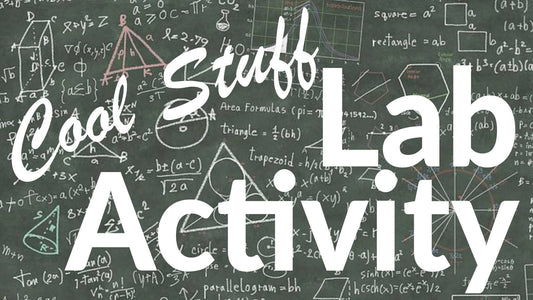
Collisions on an Air Track
In this lab using an Air Track, students will investigate elastic and inelastic collisions on an air track. Evaluate conservation of momentum and energy. Download Teacher Notes and Student Worksheets Required Equipment
Collisions on an Air Track
In this lab using an Air Track, students will investigate elastic and inelastic collisions on an air track. Evaluate conservation of momentum and energy. Download Teacher Notes and Student Worksheets Required Equipment
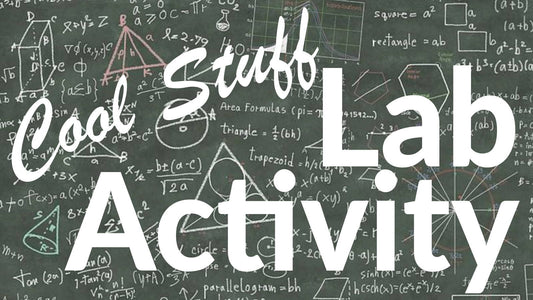
The Bouncing Dart
Students will collide each Bouncing Dart end with a massive (1kg or more) cart, observing the pendulum's motion and measuring the distance the cart moves.
The Bouncing Dart
Students will collide each Bouncing Dart end with a massive (1kg or more) cart, observing the pendulum's motion and measuring the distance the cart moves.
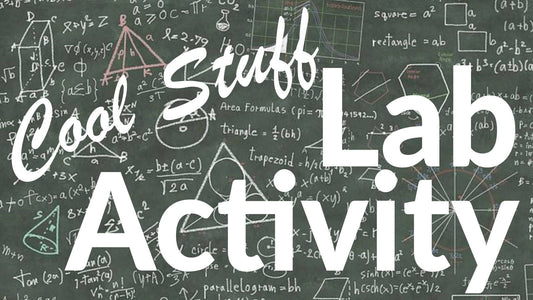
Gravity and Motion
Students will predict and eventually measure the acceleration of a car on a ramp at different angles.
Gravity and Motion
Students will predict and eventually measure the acceleration of a car on a ramp at different angles.
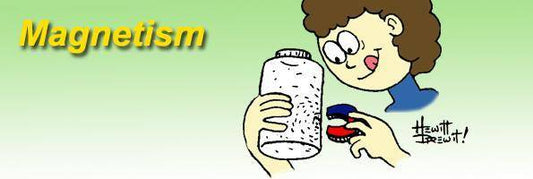
Lab #36.5 Magnetism: Electric Magnetism
In this activity, students will investigate the electric origin of magnetic fields.
Lab #36.5 Magnetism: Electric Magnetism
In this activity, students will investigate the electric origin of magnetic fields.
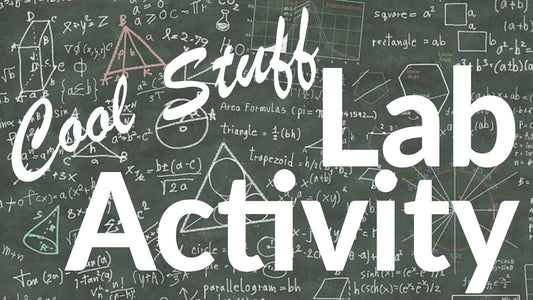
Pressure and Temperature
Demonstrate Charles' Law by allowing students to pressurize a plastic bottle and measure the increase in temperature of the air inside.
Pressure and Temperature
Demonstrate Charles' Law by allowing students to pressurize a plastic bottle and measure the increase in temperature of the air inside.
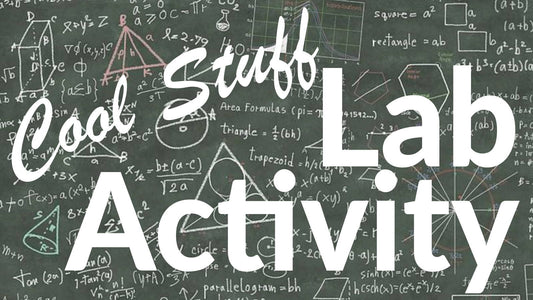

Lab #36.2 Magnetism: Seeing Magnetic Fields
In this activity, students will explore the patterns of magnetic fields around bar magnets in various configurations.
Lab #36.2 Magnetism: Seeing Magnetic Fields
In this activity, students will explore the patterns of magnetic fields around bar magnets in various configurations.
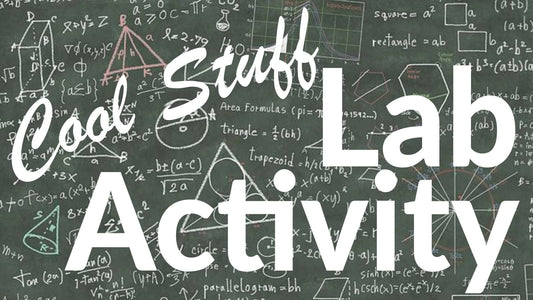
Wind Instruments Inquiry
Students will use three simple toy instruments to explore fundamentals of sound and frequency in this inquiry exercise.
Wind Instruments Inquiry
Students will use three simple toy instruments to explore fundamentals of sound and frequency in this inquiry exercise.
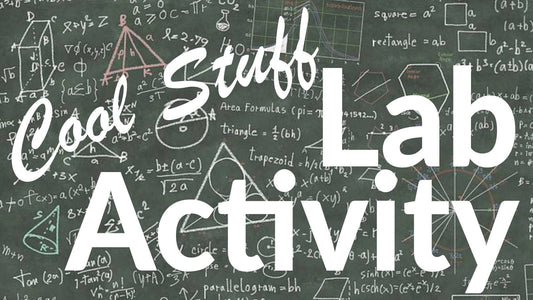
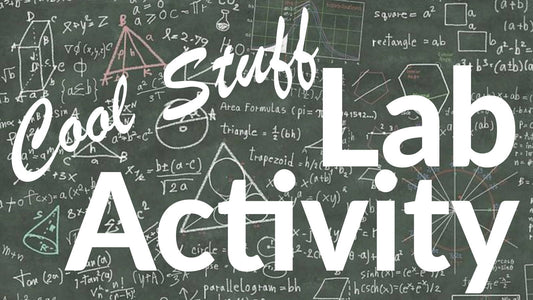
Resonance: Speed of Sound
In this lab, students will use a tuning fork to find the resonance point of a column of air in order to find the speed of sound.
Resonance: Speed of Sound
In this lab, students will use a tuning fork to find the resonance point of a column of air in order to find the speed of sound.
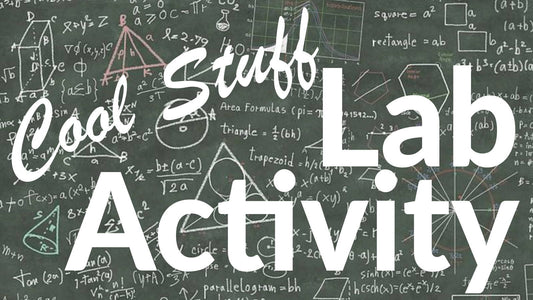
Speed of Sound in Air
In this lab, students will experimentally determine the speed of sound through a series of echoes
Speed of Sound in Air
In this lab, students will experimentally determine the speed of sound through a series of echoes
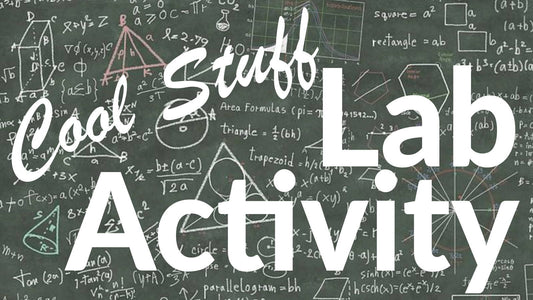
Refraction: Converging Lenses
Students investigate images and colors formed by converging lenses using the Light Box & Optical Set, and discover the Focal Point created by light refraction.
Refraction: Converging Lenses
Students investigate images and colors formed by converging lenses using the Light Box & Optical Set, and discover the Focal Point created by light refraction.
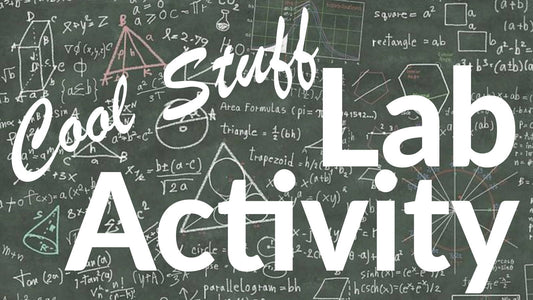
Index of Refraction
Students will measure angles of incidence and refraction, and calculate the index of refraction of Plexiglas.
Index of Refraction
Students will measure angles of incidence and refraction, and calculate the index of refraction of Plexiglas.
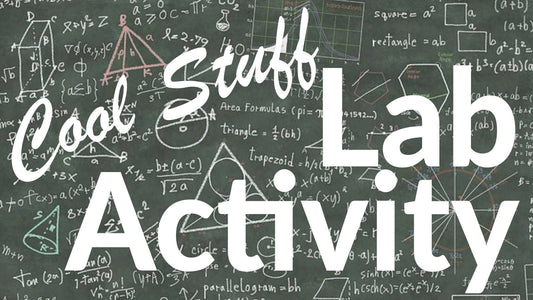
Law of Reflection of Light Pt. II
Students will observe objects through a periscope, draw ray diagrams to explain image formation, and engage with the laws of reflection and refraction.
Law of Reflection of Light Pt. II
Students will observe objects through a periscope, draw ray diagrams to explain image formation, and engage with the laws of reflection and refraction.
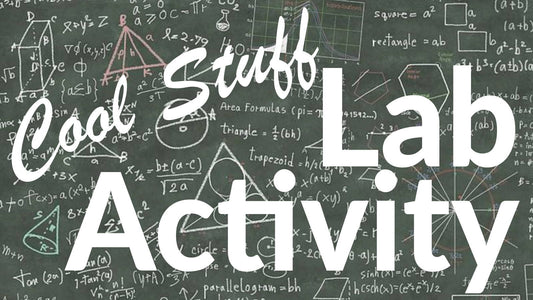
Reflection and Refraction
Students will use ray tracing to discover and explain how different types of images are created with plane, concave and convex mirrors.
Reflection and Refraction
Students will use ray tracing to discover and explain how different types of images are created with plane, concave and convex mirrors.
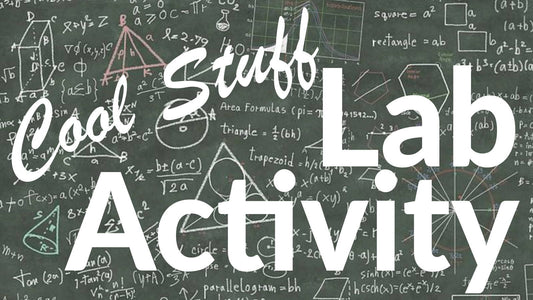
Images Produced by Curved Mirrors
Students make predictions, observations, and generalizations about the focal point of a mirror, depending on its curvature.
Images Produced by Curved Mirrors
Students make predictions, observations, and generalizations about the focal point of a mirror, depending on its curvature.


